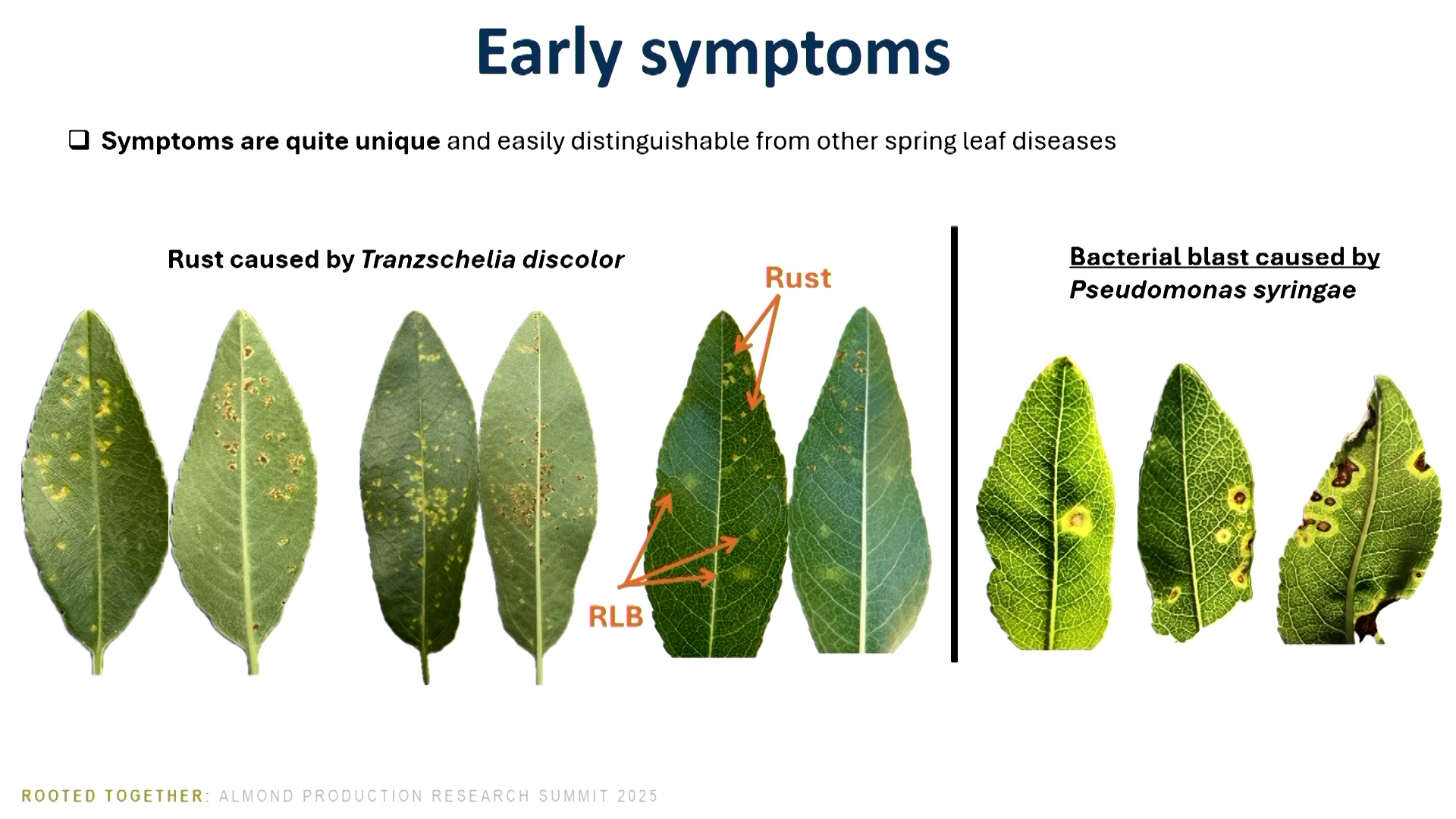Course Description
Seven different updates on production research focused on pest management in almonds. Hear from UC Riverside, UC Davis, USDA-ARS and UC ANR researchers.
00:00 – Intro
00:20 – Revisiting Trap Selection for Pheromone-Based Monitoring of Leaf Footed Bugs (LFB)
09:19 – Influence of Landscape Composition on Orchard Susceptibility to LFB
13:20 – Ecology, Monitoring & Management of Carpophilus Beetle
20:50 – UC Shafter Almond Research Orchard for Insect Management
31:21 – Implementing a Nematode Management System Using Chemical & Biological Treatments
43:19 – Improving Non-Fumigant-Based Approaches for Almond Replant Problems
53:54 – Almond Weed Control & Herbicide Research & Extension Support
01:06:09 – Q&A
Course Objectives:
After completing this course, viewers will learn:
- IPM strategies are evolving for major almond pests. New insights on monitoring and managing leaf footed bugs, beetles, and hemipterans are improving pest control.
- Landscape and regional factors affect pest pressure. Research shows orchard location and surrounding crops influence pest and disease risks.
- Alternatives to fumigation are gaining traction. Biological and chemical treatments are improving replant success and soil health.
- Disease control requires crop-specific solutions. Managing rot, Phytophthora, blotch, and canker demands tailored approaches.
- UC field research drives practical pest and weed control. Trials at research orchards help refine real-world management tools.

